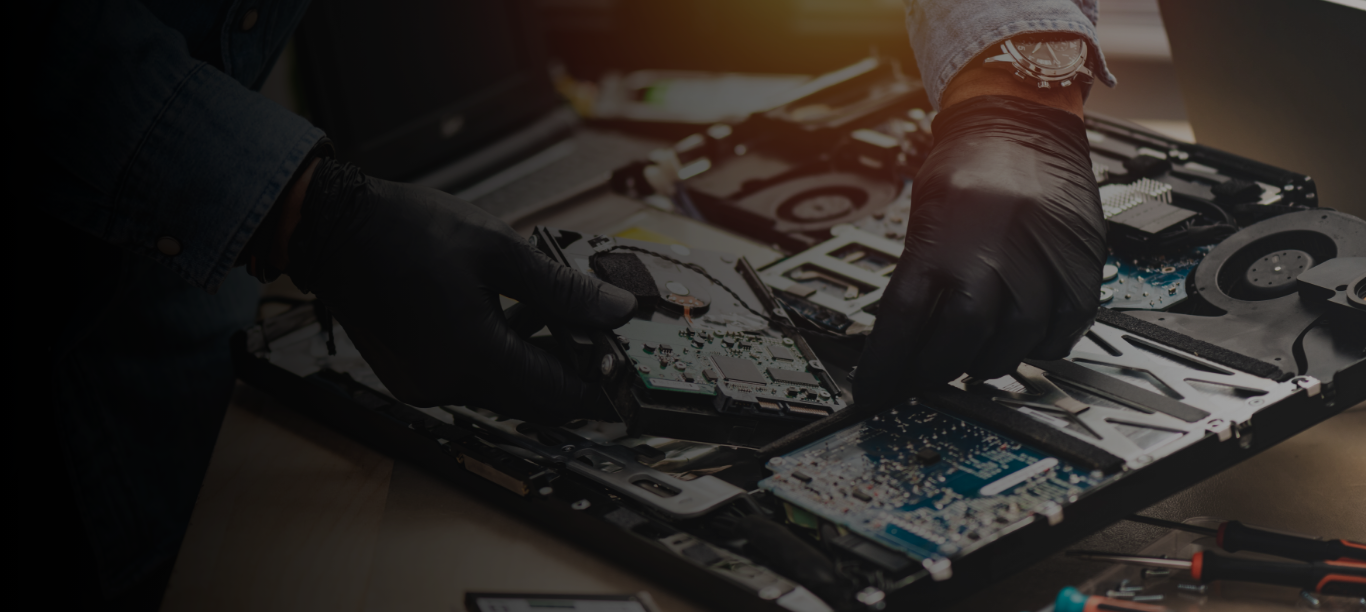What is Recycling?
Recycling involves reusing waste to produce new items. It is one of the most popular forms of protecting our environment. Recycling helps reduce the demand for natural resources and the amount of waste generated. The most important principle of recycling is to maximize the use of waste while minimizing the use of raw materials and energy.
What Materials Can Be Recycled?
Most waste is produced in households. For this reason, every resident should properly separate waste into five basic groups and then place them in specially marked containers:
- Yellow bins - they contain plastics and metals, including plastic bags and wraps, milk cartons, plastic packaging, as well as plastic bottles, caps, cans, metal lids, colored metals, and aluminum foil.
- Green bins - they are for glass. You can throw bottles and glass jars into them, as well as glass containers from cosmetics. However, it should be noted that containers with plastic elements that cannot be removed in any way should not be placed in them. Dirty glass and fireproof containers should not be put in green bins either. In some municipalities, glass is divided into white and colored.
- Blue bins - paper is thrown into them, such as various newspapers, magazines, notebooks, books, catalogs, leaflets, computer printouts, as well as packing paper, paper bags, or cardboard packaging. Coated paper or paper with plastic or foil, such as book wraps, glossy covers, fiscal receipts, as well as used tissues, paper towels, and dirty paper, should not be placed in blue containers.
- Brown bins - they are for organic waste, such as sawdust, bark, grass, branches, leaves, unpainted wood, and food residues: vegetables, fruits, or peels. Eggshells, tea leaves, and coffee grounds can also be thrown into the brown bin. Edible oils, bones, animal waste, and ash are not considered organic waste.
- Black bins - mixed waste is placed in them, including clothing, leather goods, fur, used crockery, litter, and animal waste. Leftover food of animal origin (such as eggs, dairy products, cheese, meat, and bones), used paper towels, tissues, sanitary pads, cotton swabs, diapers, etc., should also be placed in the black bin.
Electronics Recycling
The development of information technology and economic growth have resulted in excessive production of electronic and electrical equipment. As a result, a huge amount of e-waste is generated every year, making electronics recycling a very important issue.
E-waste is particularly hazardous as it contains many toxic components that must not enter the environment. These components can cause poisoning, diseases, as well as soil and agricultural contamination. Electronics recycling aims to reduce the amount of e-waste and minimize the risk of hazardous substances entering the environment.
E-Waste Collection Point
E-waste should not be thrown into household containers. Private individuals should find an appropriate e-waste collection point in their municipality and dispose of used equipment there. However, companies generating large quantities of such waste should cooperate with a company specializing in electronics recycling.






